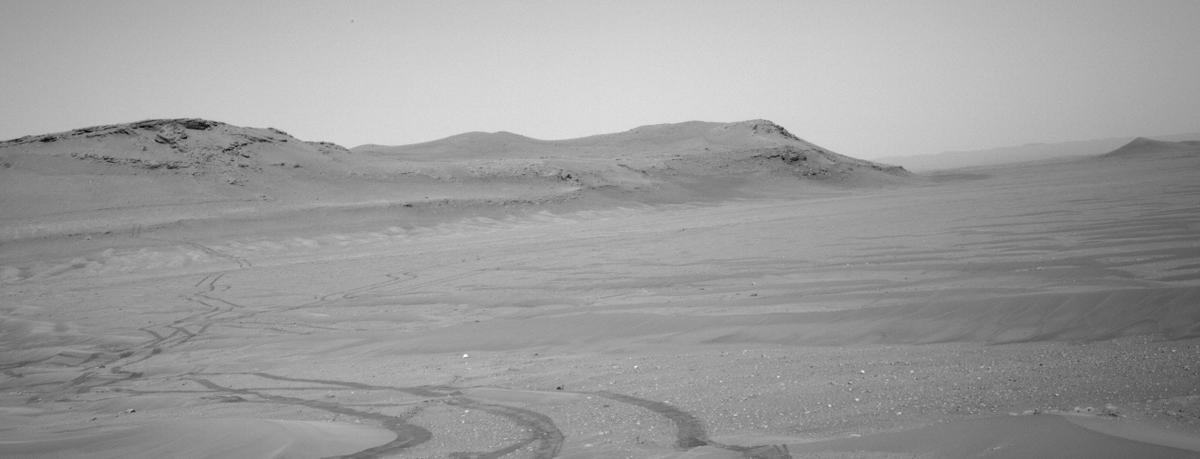3 min read

Once upon a time - early 2013 - there was a small corner room in the Flight Projects building at JPL where the walls and windows were coated in pages and pages of paper. These pages contained the facts and arguments being assembled by the Mars 2020 Science Definition Team, who were asking: what must the next rover to Mars do?
We rearranged those pages over and over during the next few months, standing back and staring at the wall as we continually asked ourselves: did the chain of logic ring true? Have we provided evidence to support our statements? Eventually we wrote up our report with the conclusion that the next rover to Mars needed “to seek signs of past life (had it been there), select and store a compelling suite of samples in a returnable cache, and demonstrate technology for future robotic and human exploration of Mars.” My job was team documentarian; at one point this involved wrangling a file that was trying to merge and track revisions by 15 people simultaneously who were all sending me their comments via email.
In the years since, thousands of people around the world have worked together to turn those words into reality. My own part in this mostly focused on how would the science team come together to select scientifically compelling rock samples within the constraints of operating a technically complex rover on Mars. In the last year and a half, I have watched with delight as the science team has done just that. We’ve debated which way to go and where to look. We’ve puzzled over what the data is telling us. We’ve sampled rocks formed by slowly cooling magma and rocks formed in the still waters of a lake. You can find out more at the summary of our recent press conference.
Right now on Mars, the rover has arrived back at the Enchanted Lake area. The rocks here can tell us more about the earliest history of the lake within Jezero Crater and how it relates to the igneous rocks covering the floor of the crater. This exploration strategy of taking a look, moving on, and then coming back allowed us to think about the Enchanted Lake rocks and compare them to rocks further up the delta at Hogwallow Flats. When translating observations of rocks into an understanding of the history of a location, context is key – we’re not looking at a single rock in isolation, we’re getting to know its neighbors too. Understanding how all these rocks relate to each other enhances our understanding of the whole area, and will also hopefully someday assist future scientists as they analyze the samples in laboratories.
As we continue to explore the Jezero delta front and look ahead to our first sample depot placement, I think back to that small room and those papers on the wall – the first pages in the ongoing story of Perseverance.
Written by Sarah Milkovich, Assistant Science Manager at NASA/JPL







